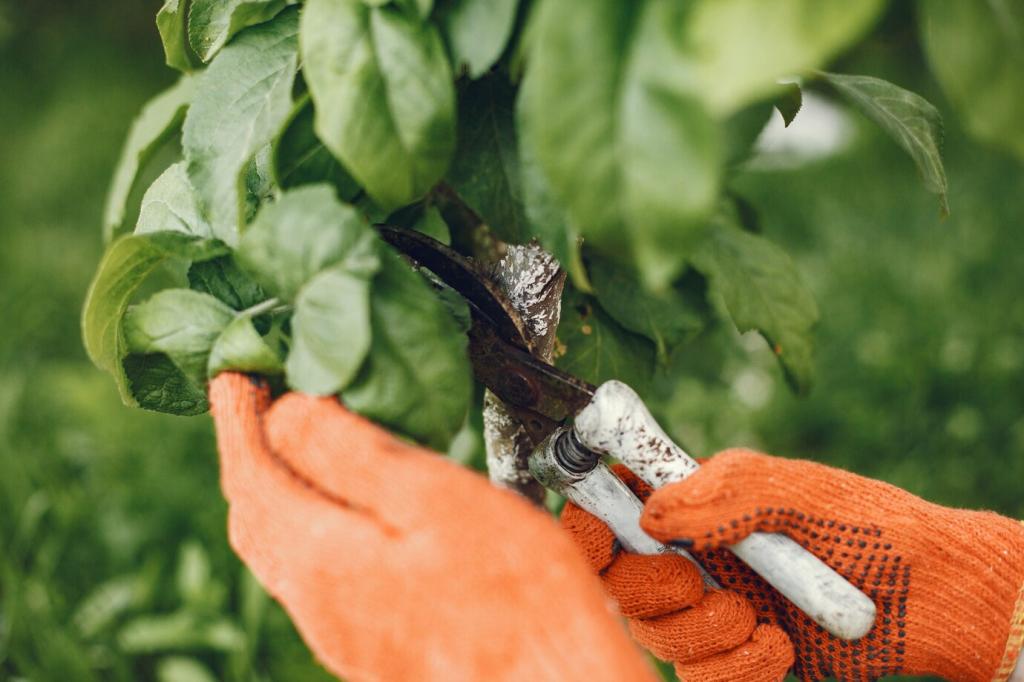Watering and Feeding Office Plants: What You Need to Know
Caring for office plants isn’t just about adding a splash of green to your workspace; it’s about nurturing a healthy environment that boosts productivity and enhances well-being. Understanding the right ways to water and feed your plants can make the difference between flourishing, vibrant foliage and droopy, lifeless leaves. This guide delves into the best practices you need to keep your office plants thriving, looking closely at essential watering methods, optimal feeding routines, choosing suitable plant varieties, and recognizing and preventing common plant issues.

Understanding Plant Watering Needs
Consistency is key when it comes to watering office plants. Erratic watering schedules stress plants, contributing to environments where roots may oscillate between being parched and drowned. Setting a routine—such as checking the soil every week—helps you track moisture and prevents both overwatering and underwatering. Since many offices have regulated air conditioning or heating, soil can dry out at unpredictable intervals. Sticking to a schedule ensures that plants get the water they need to photosynthesize efficiently and remain resilient against environmental fluctuations. Beyond schedules, it’s vital to adapt your routine based on visible plant cues and soil feel, ensuring your green companions remain consistently hydrated year-round.
Both overwatering and underwatering present real threats to the health of office plants. Overwatered plants often display yellowing leaves or develop mushy stems, while underwatered plants might exhibit dry, crispy leaf edges and stunted growth. In an office setting, poor drainage and infrequent care can quickly tip the balance. It’s important to check the soil’s moisture before watering, ideally with your finger or by observing the soil’s color and texture. Understanding these symptoms allows quick intervention, nipping problems in the bud before they escalate. Monitoring your plants closely, especially after any changes in office climate or light, is crucial in fine-tuning your watering approach.
The office environment introduces variables that influence plant hydration. Central heating, air conditioning, and artificial lighting all impact evaporation rates and soil dryness. For example, plants near vents may dry out faster and need more frequent watering. Conversely, low-light spaces generally mean slower transpiration, so plants should be watered less often. It’s essential to take stock of your office’s microclimates—observe which areas receive more sunlight or air circulation—and adjust your watering accordingly. By tuning into how your workspace affects plant needs, you’ll provide the optimum conditions for strong, healthy roots and vibrant leaves.
Feeding Your Office Plants Effectively
Choosing the Right Fertilizer
Selecting the appropriate fertilizer depends on the specific needs of your office plants. Some species flourish with balanced, all-purpose fertilizers, while others require specialized formulas rich in certain nutrients. Liquid fertilizers are often ideal for office environments, as they offer quick absorption and easy application during routine watering. Slow-release granular options work for those who prefer less frequent feeding. It’s important to read fertilizer labels and follow manufacturer instructions to avoid overdosing, which can damage roots. Matching fertilizer type not only to the plant variety but also to the office lighting and seasonal cycles helps ensure that each plant receives the nutrition necessary for sustained growth and resilience.
Timing Your Plant Feedings
Just as watering routines benefit from consistency, feeding schedules are equally vital. Most office plants enter periods of active growth during spring and summer, making these seasons prime time for fertilization. However, during autumn and winter, growth slows, and plants require far fewer nutrients. Overfeeding during these dormant periods can accumulate salts in the soil, which harms plant health. Learning your plant’s growth cycles enables you to time feedings for maximum benefit. Keeping track of when and how much fertilizer you’ve applied also helps prevent the common mistake of overlapping or excessive feeding, ensuring your plants receive exactly what they need, when they need it.
Avoiding Common Feeding Mistakes
It’s easy to slip into bad feeding habits, such as over-fertilizing or using inappropriate products. Many office plant owners unintentionally overfeed, thinking more nutrients will yield better growth—when, in fact, this can burn roots and lead to unsightly leaf damage. Conversely, neglecting to feed at all deprives plants of essential minerals, eventually causing poor foliage and stunted growth. Other pitfalls include using garden fertilizers not formulated for indoor plants or skipping regular soil flushing, which can allow harmful salts to accumulate. Recognizing and correcting these common errors goes a long way in fostering lush, happy office plants and a more inviting work environment.
Choosing the Right Office Plants
Light availability is a critical consideration in plant selection for offices. Spaces with large windows offer bright, indirect light suitable for species like snake plants or pothos, but many offices have limited natural light, demanding shade-tolerant varieties. Determining where in your workspace each plant will live—on a desk, shelf, or windowsill—lets you pick the most suitable species for that location. Evaluating light conditions honestly ensures that plants neither wilt from too little sun nor sustain burns from excessive exposure. Matching plant requirements to your office’s light levels is the most reliable way to promote growth and long-term health.

Join our mailing list
